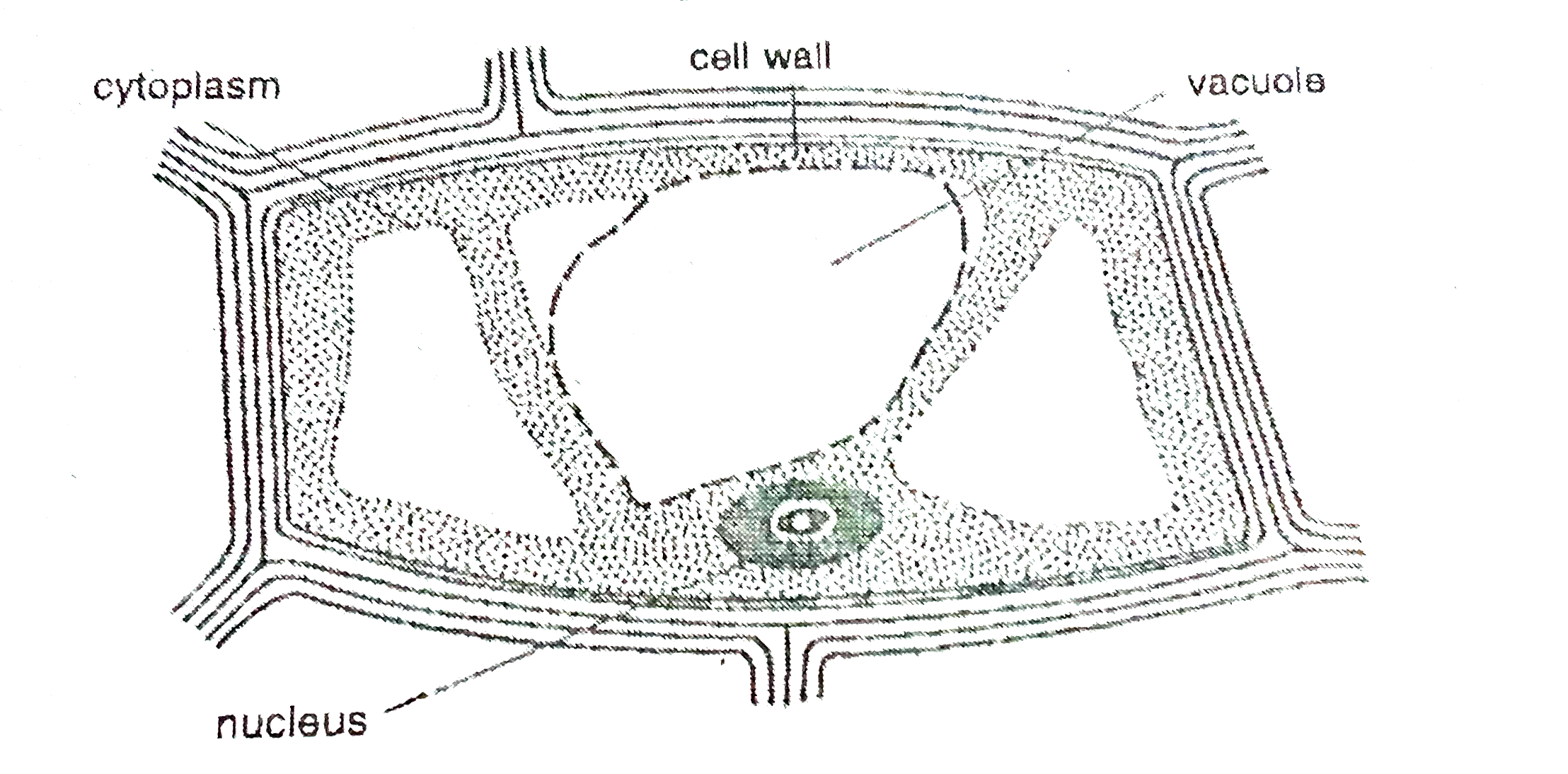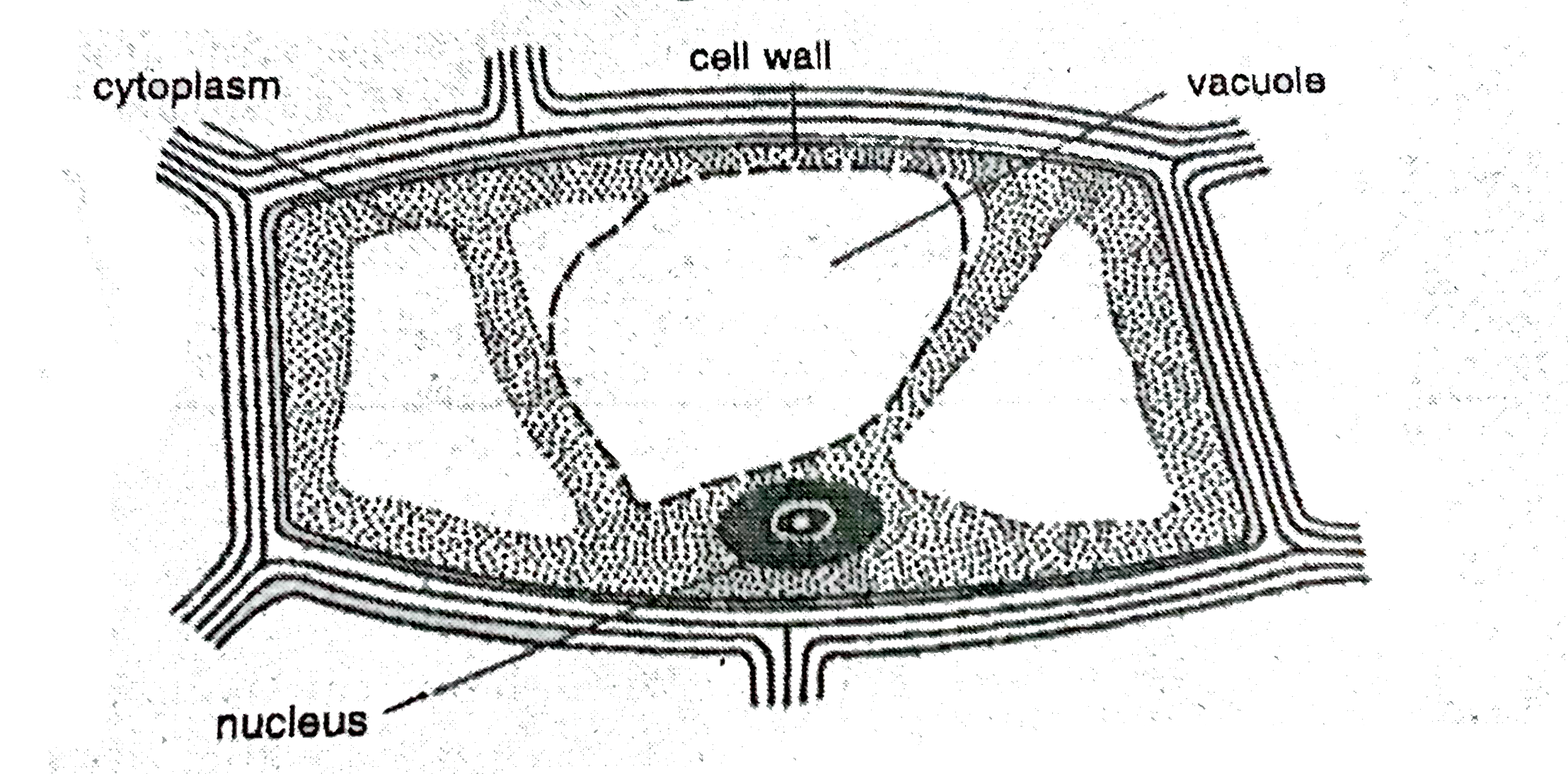Human cheek cells are commonly stained with
methylene blue
safranin
acetocarmine
eosine
Step-by-Step Solution:
1. Understanding the Question: The question asks about the common stain used for human cheek cells. Cheek cells are epithelial cells that can be easily collected and observed under a microscope.
2. Identifying Stains: There are various stains used in biology to visualize cells under a microscope. Some common ones include Methylene Blue, Saffronane, Acetocarmine, and Eosin.
3. Evaluating the Options:
- Methylene Blue: This is a common stain used for biological specimens. It binds to negatively charged molecules such as DNA and RNA, making it suitable for staining cheek cells.
- Saffronane: This is not typically used for staining cheek cells.
- Acetocarmine: This is also not a common stain for cheek cells.
- Eosin: This is primarily used for staining cytoplasm and is not specifically used for cheek cells.
4. Conclusion: Based on the evaluation, Methylene Blue is the most appropriate and commonly used stain for human cheek cells.
5. Final Answer: Human cheek cells are commonly stained with Methylene Blue.
---
- Methylene Blue: This is a common stain used for biological specimens. It binds to negatively charged molecules such as DNA and RNA, making it suitable for staining cheek cells.
- Saffronane: This is not typically used for staining cheek cells.
- Acetocarmine: This is also not a common stain for cheek cells.
- Eosin: This is primarily used for staining cytoplasm and is not specifically used for cheek cells.
Topper's Solved these Questions
- CELL-THE FUNDAMENTAL UNIT OF LIFEBOOK - MTG IIT JEE FOUNDATIONCHAPTER - CELL-THE FUNDAMENTAL UNIT OF LIFEEXERCISE - EXERCISE (Multiple Choice Questions ) (LEVEL - 2 )
20 Videos
- CELL-THE FUNDAMENTAL UNIT OF LIFEBOOK - MTG IIT JEE FOUNDATIONCHAPTER - CELL-THE FUNDAMENTAL UNIT OF LIFEEXERCISE - EXERCISE ( Assertion & Reason Type )
10 Videos
- CELL-THE FUNDAMENTAL UNIT OF LIFEBOOK - MTG IIT JEE FOUNDATIONCHAPTER - CELL-THE FUNDAMENTAL UNIT OF LIFEEXERCISE - NCERT SECTION
11 Videos
- DIVERSITY IN LIVING ORGANISMSBOOK - MTG IIT JEE FOUNDATIONCHAPTER - DIVERSITY IN LIVING ORGANISMSEXERCISE - OLYMPIAD/HOTS CORNER
12 Videos
Similar Questions
Class teacher asked you to perform an experiment to prepare stained temporary mount of human cheek cells. He asked you to answer the following questions :
(i) Name the stains you would use for staining scrap of inside of your cheek.
(ii) Where would you see coloured spherical or oval dot-like structures in each cheek cell ? Name this structure.
View SolutionTo prepare stained temporary mounts of (a) onion peel, and (b) human cheek cells and to record observations and draw their labelled diagram.


The organelle not present in human cheek cells is
View Solution
Knowledge Check
Cheek bones are
ALacrimalBZygomaticCParietalDEthmoid.Cheek bones are
AparietalsBethmoidsClacrimalsDzygomaticCheek teeth are
AInscisors and CaninesBCanines and PremolarsCPremolars and MolarsDCanines and Molars
To prepare stained temporary mounts of (a) onion peel, and (b) human cheek cells and to record observations and draw their labelled diagram.


Name of stain which is commonly used to study plant cells
View SolutionTo prepare stained temporary mounts of (a) onion peel, and (b) human cheek cells and to record observations and draw their labelled diagram.


The outer most layer of human cheek cells is
View SolutionTo prepare stained temporary mounts of (a) onion peel, and (b) human cheek cells and to record observations and draw their labelled diagram.


Safranin is a reagent that is used to stain
View SolutionTo prepare stained temporary mounts of (a) onion peel, and (b) human cheek cells and to record observations and draw their labelled diagram.


Cell wall in plant cells is made of
View SolutionTo prepare stained temporary mounts of (a) onion peel, and (b) human cheek cells and to record observations and draw their labelled diagram.


In plant cells, cell wall is
View Solution
